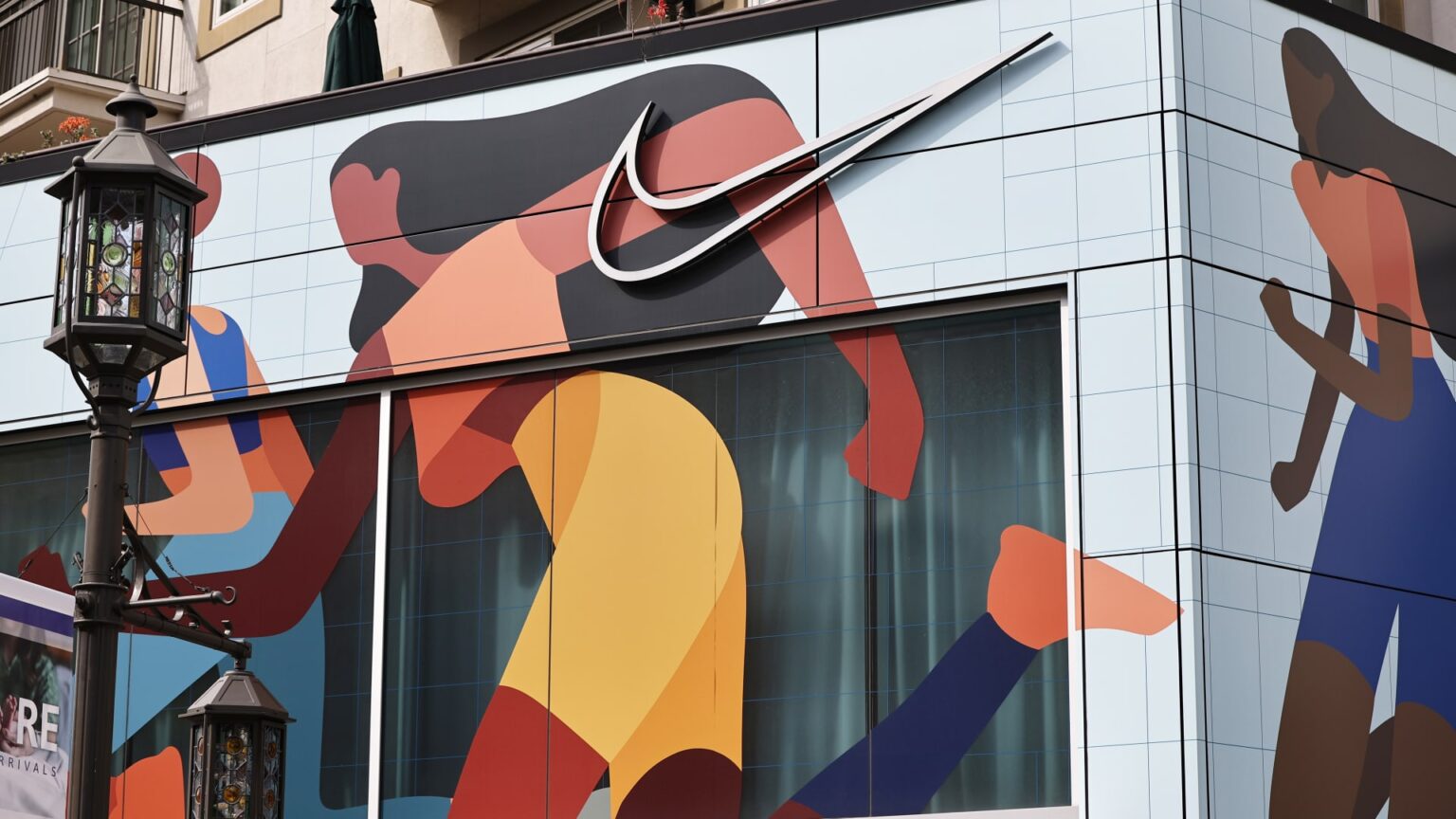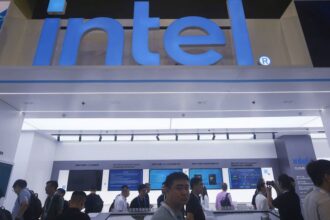Nike on Thursday reported holiday sales that beat estimates, helped by better than expected growth in North America.
Here’s how the company performed compared with what Wall Street was anticipating, based on a survey of analysts by LSEG, formerly known as Refinitiv:
- Earnings per share: 77 cents vs. 74 cents expected
- Revenue: $12.43 billion vs. $12.28 billion expected
The company’s reported net income for the three-month period that ended Feb. 29 was $1.17 billion, or 77 cents per share, compared with $1.24 billion, or 79 cents per share, a year earlier. Excluding 21 cents per share related to restructuring charges, earnings per share would have been 98 cents, the company said.
Sales rose to $12.43 billion, up slightly from $12.39 billion a year earlier.
In North America, where demand has been unsteady, sales rose about 3% to $5.07 billion, compared with estimates of $4.75 billion, according to StreetAccount.
As consumers pull back on spending on discretionary items like clothes and shoes, Nike has spent the last few months focused on what it can control: cutting costs and becoming more efficient so it can drive profits and protect its margins.
In December, it announced a broad restructuring plan to cut costs by about $2 billion over the next three years. It also cut its sales guidance as it warned of softer demand in the quarters ahead.
Two months later, it said it was cutting 2% of its workforce, or more than 1,500 jobs, so it could invest in its growth areas, such as running, women’s and the Jordan brand.
The early innings of Nike’s cost cuts, which involve simplifying its assortment, reducing management layers and increasing automation, likely helped the retailer beat earnings expectations in the three months ended Nov. 30, even as it missed sales estimates for the second quarter in a row.
The cuts, along with “strategic pricing actions and lower ocean freight rates,” also contributed to a 1.7 percentage point gain in gross margin – the first time the company saw its gross margin increase compared to the prior year in at least six quarters.
Nike is still considered a market leader in the sneaker and apparel space, but the category has become more crowded and the retailer has had to work harder to compete. Some analysts say Nike’s assortment has lost focus and say the company has fallen behind on innovation, giving up market share to newer entrants like Hoka and On Running, as well as legacy brands like Brooks Running and New Balance.
Last month, Nike launched the Book 1, its latest basketball shoes with NBA star Devin Booker. But the release wasn’t well received because it “looked more like a casual sneaker instead of [a] basketball shoe,” according to a research note from Jane Hali & Associates.
The firm is now neutral on Nike long term, compared to its previous rating of positive, because it’s unclear where the brand is headed, said senior analyst Jessica Ramirez.
She’s noticed that Nike has removed a lot of products from its offering, which indicates it’s preparing to bring in new styles. But it’s still unclear exactly what those changes will look like.
“They’ve already said [those changes are] going to take some time,” Ramirez told CNBC prior to Nike’s earnings release. “Its a little concerning to know they don’t have a solid plan that we know of yet.”
Read the full earnings release here.
Read the full article here










